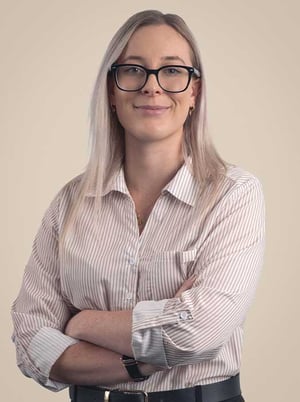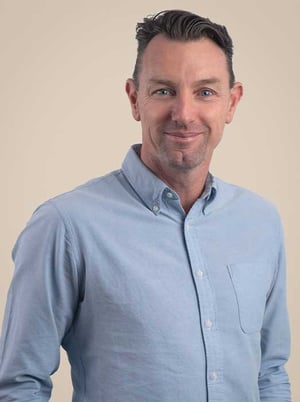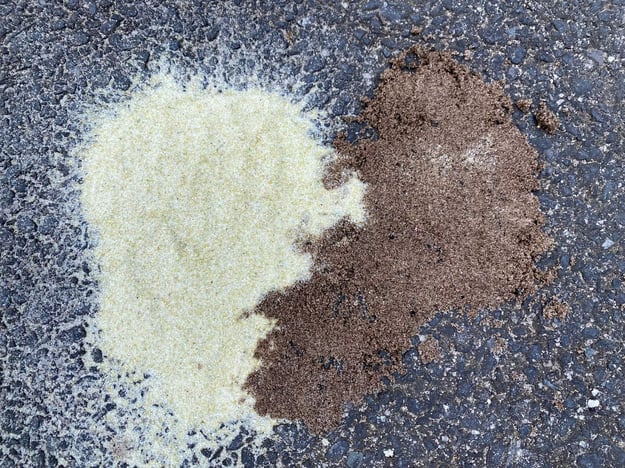At SPORTENG, innovation is at the heart of everything we do. We're constantly pushing the boundaries of what's possible in sports facility design and management. That's why we were excited to host a recent webinar that delved into a groundbreaking experiment that could revolutionise the way we grow natural turf on sports fields.
In collaboration with the City of Boroondara Council, we've been conducting a trial to explore the feasibility of using recycled glass sand as a growing medium for natural turf Fields of Play.
Meet the experts: Amy Dingle and Lucas Skelton
Our webinar, titled "Rec+ Research: Growing Natural Turf in Recycled Sand," featured Amy Dingle, our Turf Agronomist, and Lucas Skelton, our Field of Play Team Leader. Their combined expertise in turf management and sports field construction is second to none, making them the perfect duo to lead this groundbreaking initiative.


Amy Dingle, Turf Agronomist, and Luas Skelton, Field of Play Team Leader
For those who missed the live event, you can catch the full recording below.
A sustainable vision
The trial is not just about pushing the boundaries of innovation; it's about embracing sustainability in sports turf management. If successful, this experiment could pave the way for developing natural turf ovals and pitches using entirely recycled products. This approach not only reduces waste going to landfills but also minimises the need to quarry virgin materials, a significant step towards a more sustainable future.

Recycled glass sand (left) and convention sand (right).
Understanding the trial
The initial phase of the trial involved identifying a suitable site in collaboration with the City of Boroondara Council. A 6m x 6m plot was excavated and divided into three zones, each with a 300mm thick growing medium overlying a drainage gravel layer.
These zones included:
- Trial plot 1: Utilizing conventional quarried rootzone sand.
- Trial plot 2: Using recycled glass sand.
- Trial plot 3: Employing a 50/50 blend of conventional quarried rootzone sand and recycled glass sand.
Next, Tahoma 31 (hybrid bermudagrass) from Evergreen Turf was laid across each zone. Monitoring and testing of the profile began to determine whether recycled glass sand could be a sustainable alternative to conventional sands for natural turf field construction.
Progressing to Stage 2
Building on the success of Stage 1, the trial moved to Stage 2. In this phase, a 50/50 blend of recycled glass and rootzone sand was introduced into the existing rootzone at HA Smith reserve. The trial expanded to two areas prone to high wear conditions, including the main entry/exit point and a typical infield area used by cricket and soccer players.
Our team of qualified agronomists and civil engineers, led by Amy Dingle and Andrew Morrow, along with support from Nick Marino and the Turf Team from the City of Boroondara Council, will closely assess the field quarterly. Metrics to evaluate performance include turf health and composition, root depth, thatch depth, moisture levels, infiltration, traction, hardness, and nutrient levels.
A collaboration for a sustainable future
We're thrilled to partner with PLA VIC/TAS and Rec People on this groundbreaking initiative. The Rec+ Research program, a joint effort between Parks and Leisure Australia Vic/Tas Region (PLA Vic/Tas) and Rec People, aims to bring the latest research findings directly to industry professionals responsible for planning and delivering programs, services, and infrastructure in our communities. It's all about staying informed and up-to-date with the latest data and research in sports turf management.
The future of sustainable sports turf is within reach, and we're excited to be at the forefront of this endeavour.
Stay tuned for updates on this exciting trial as we work toward a more sustainable and eco-friendly future for sports turf management.

